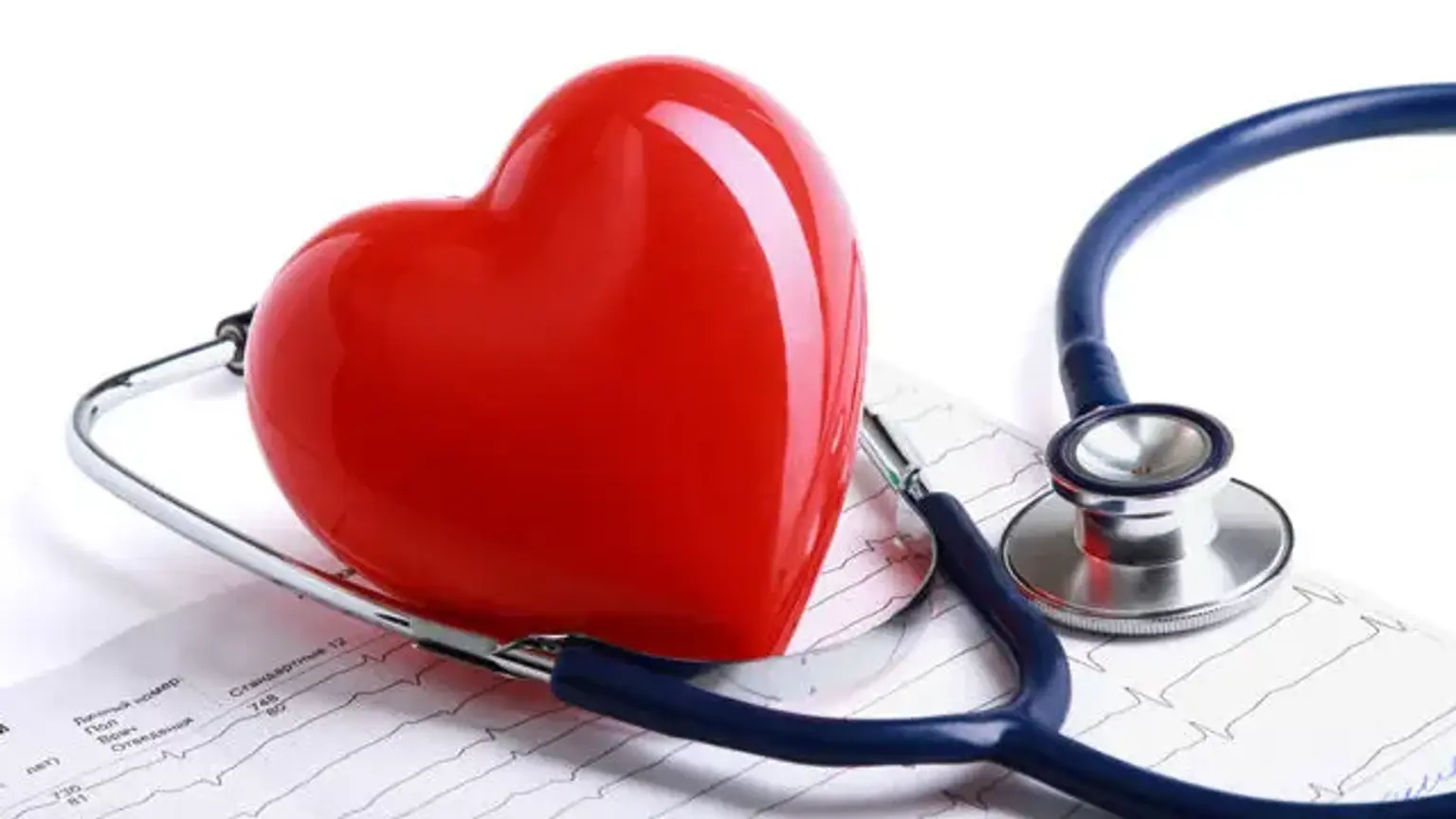Cardiology checkup package
Overview
Cardiovascular disorders kill one out of every three people in the United States. Heart disease, in particular, accounts for around 25% of all fatalities and is the leading cause of mortality in the United States. A Heart Health Check is a routine examination given by your doctor.
Cardiology is the study of illnesses of the cardiovascular system. Cardiologists treat low or high blood pressure, coronary heart disease, arrhythmias, heart failure, congenital heart disease, acquired valve problems, and inflammatory heart disease.
A cardiovascular Health Check can help you understand your risk factors for heart disease and predict your chances of having a heart attack or stroke in the following five years. This examination provides for an evaluation of your cardiovascular system as well as a calculation of your risk of developing problems from cardiovascular disorders.
